Habitat for Humanity's 14-home subdivision targets Green Bay's affordable housing crisis
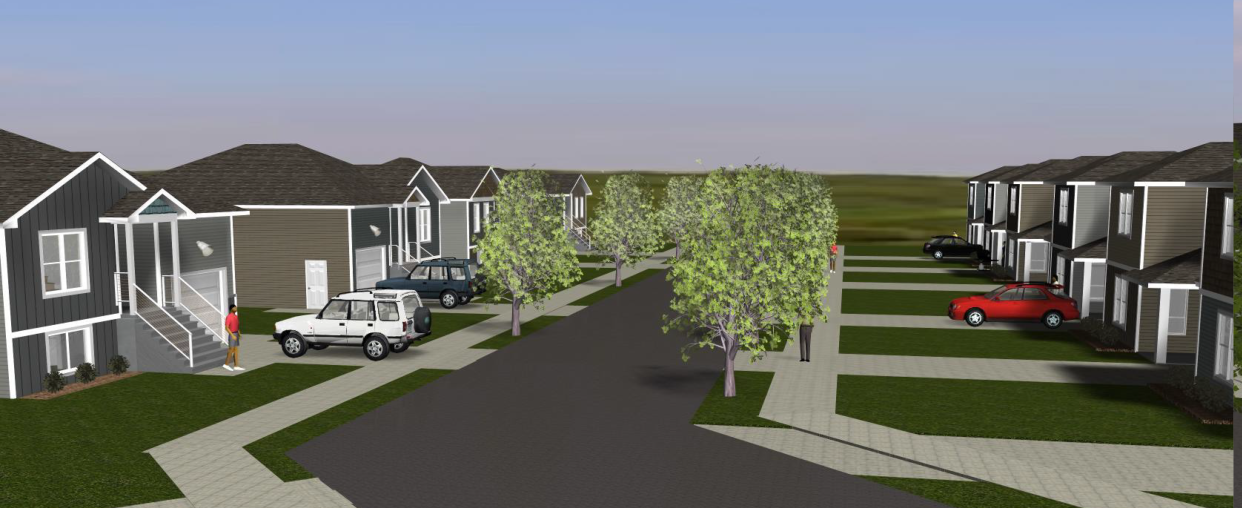
GREEN BAY - Greater Green Bay Habitat for Humanity will break ground this summer on a 14-home subdivision on Green Bay's east side, its largest affordable housing development.
Habitat Homestead will be a $4 million subdivision on Richmond Street with eight single-family homes and six townhouses. The 2.6-acre site is tucked into a residential area bounded by Lime Kiln Road to the west, East Mason Street to the north, Main Street to the east and Manitowoc Road to the south.
Construction should start by early August, and Habitat already has selected two families for homes in the subdivision.
“We are so excited about building so many homes on one piece of land, creating a subdivision, that we will continue to do this,” said Jessica Diederich Greater Green Bay Habitat's CEO. “This will be a game-changer for our organization and the community.”
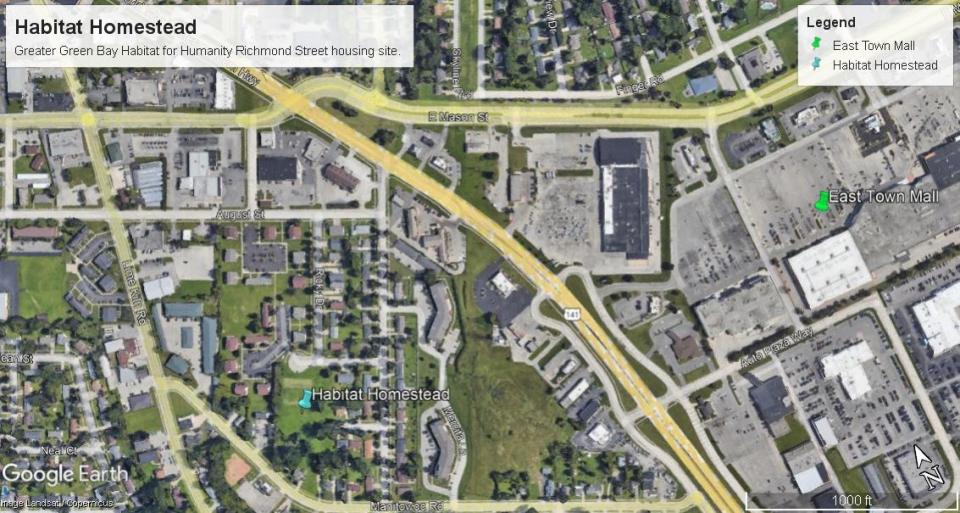
'We're an affordable housing developer'
Habitat Homestead's 14 homes makes it the organization's largest affordable housing development in its 36-year history. Since 1987, Greater Green Bay Habitat has built 133 homes (six more are under construction) that have provided suitable, affordable housing for more than 600 residents.
It also marks a new, more aggressive approach to building affordable, owner-occupied housing units desperately needed in the Green Bay area and northeastern Wisconsin, Diederich said. The Green Bay region, like Wisconsin overall, has seen existing home prices skyrocket
Instead of raising funds to build a couple of homes each year on sites spread across the region, Diederich said Habitat will be "an affordable housing developer" that looks for larger lots where it can more efficiently build more homes.
"We're a developer, a construction company and a mortgage lender," Diederich said. "We want to build more houses. This subdivision will help us move in that direction where we can build houses faster."
Related: Northeastern Wisconsin can solve its affordable housing crisis. Here's how and why we should.
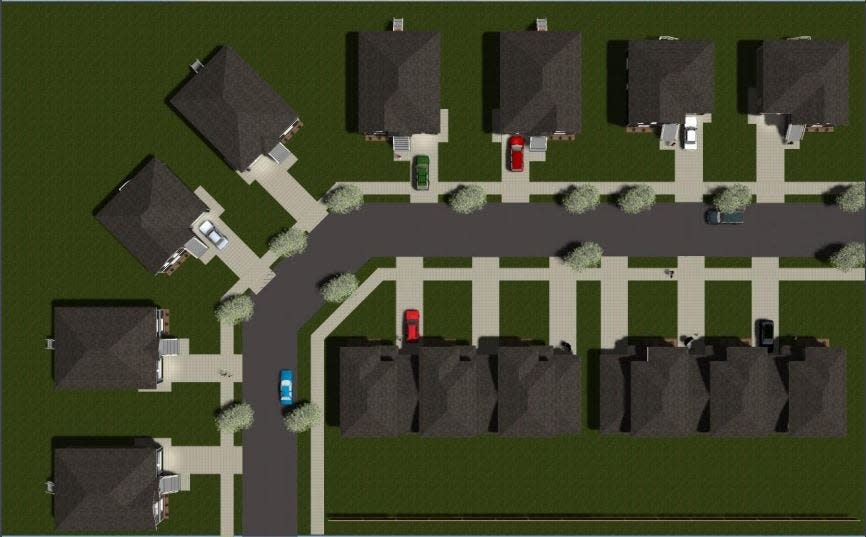
Habitat does not give families free homes, it keeps the mortgage affordable
A persistent misconception is that Habitat for Humanity gives a family a free house. Again, that's not true.
Families that Habitat helps pay a mortgage like any other homeowner. Incidentally, it can get emotional when Habitat families pay off their mortgage and hold a tearing-up ceremony.
Habitat serves low-to-moderate income families who cannot qualify for a conventional loan, who have a need for better housing conditions, earn enough to pay the mortgage, show two years of employment with a company, and commit to providing 250 (one person) to 500 (two or more family members) hours of "sweat equity," which includes helping build other Habitat homes and volunteering with Habitat.
Habitat uses donated dollars, contractors and volunteers to build the homes for selected families. It then sells the homes to individuals and families who meet the program criteria. Buyers receive a no-interest mortgage and their monthly mortgage payment is capped at 28% of their household income to ensure housing costs do not become a financial burden.
"These families work hard to afford this," Diederich said. "Each one of the families going into these homes will be required to complete sweat equity hours to qualify. Many families surpass that goal. it shows how much they want this and how much pride they take in their home."
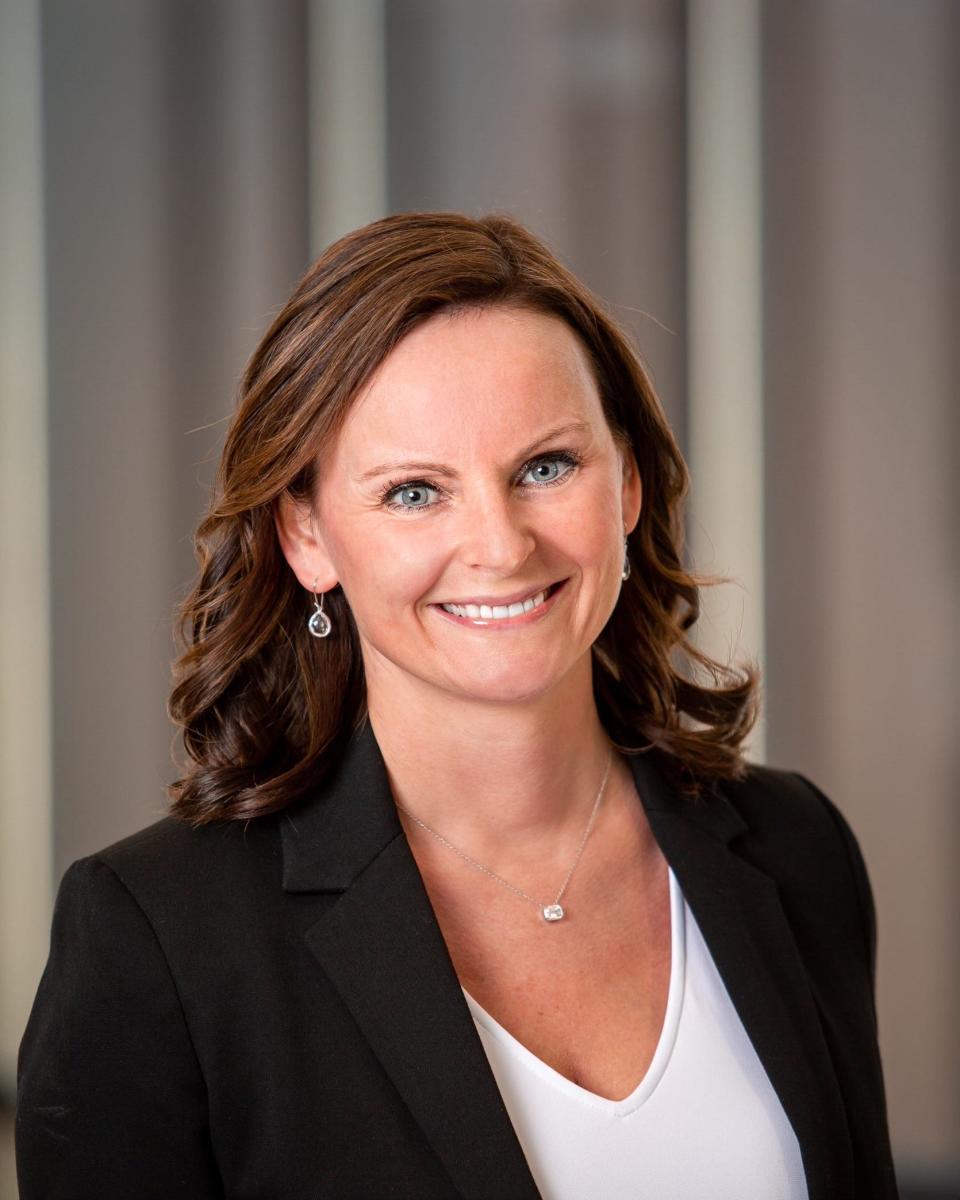
Do I qualify for help from Greater Green Bay Habitat for Humanity?
Home prices have increased faster than wages in recent years, meaning some families might not even think to check if they qualify for help.
"People who didn't consider themselves qualified for a Habitat home might think differently about it now," Diederich said.
Annual household income guidelines depend on the number of people in your household:
One person: $35,000-$53,500
Two people: $35,500-$61,150
Four people: $35,500-$76,400
Eight people: $44,660-$100,850
Diederich said the program requirements and income levels ensure families can afford the home they need, but cannot afford because of other household expenses, a larger household. Increasingly, though, Diederich noted there are very, very few homes for sale in price ranges affordable to the families Habitat helps.
"You can have a decent job, but a large household makes it hard to make ends meet," Diederich said. "This could be your coworker, your sibling, your child, who qualifies to be a homeowner. (In late May,) there were five homes for sale in the $250,000 range in Brown County. Five. That's it. It's not going to get better for a long time."
More: United Way report: One in 3 Green Bay area families struggle with financial hardships
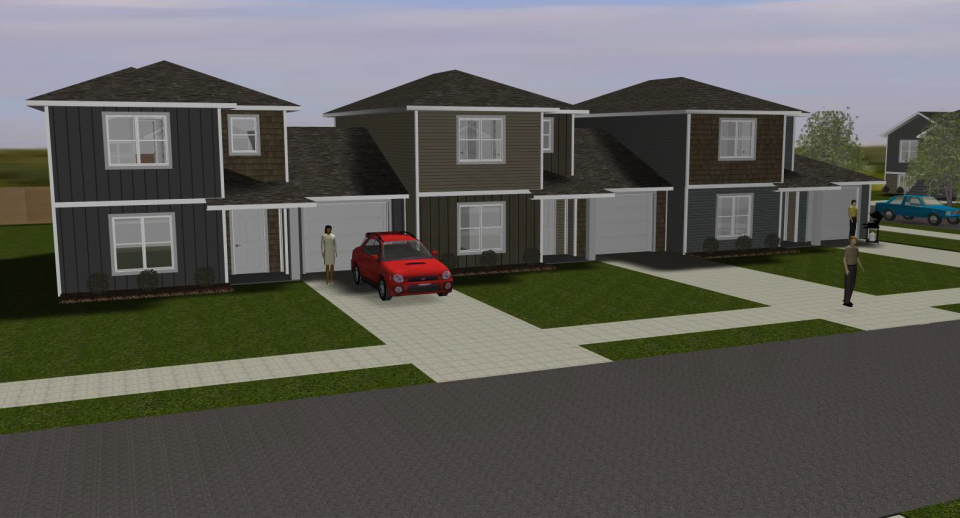
Habitat Homestead will be customized to families needs, include units for people with disabilities
Habitat expects it will take two years to complete all 14 homes.
The organization hired an architect to design the house and townhouse floorplans and exterior designs so that each home or townhouse will include common features, but different designs. The subdivision includes some larger lots that would facilitate four- or five-bedroom homes for larger families while two homes have been designed to be accessible for households that include a person who is disabled.
The eight houses will be raised ranch designs that provide living space below the home's main level. Townhouses are a style of owner-occupied housing in which units feature a shared wall. Habitat Homestead plans to build two blocks of three townhouses on the site.
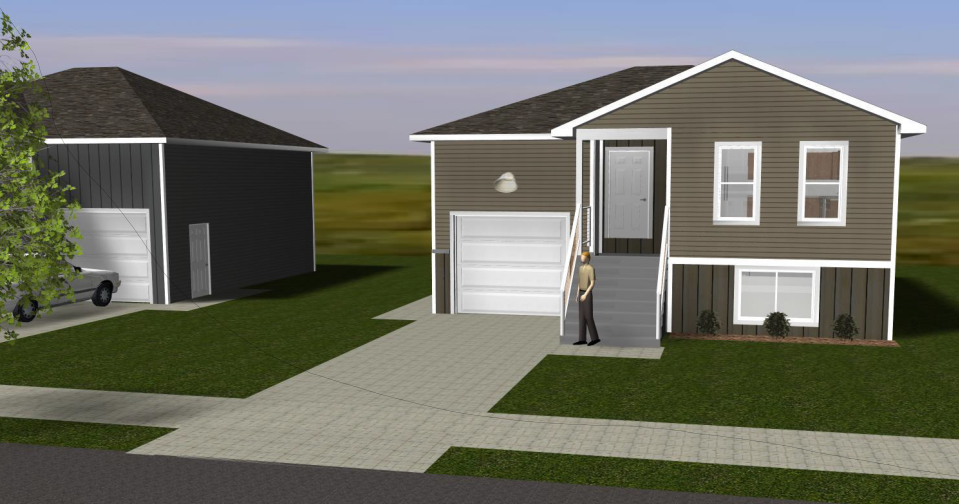
Public support, private donations will fund Habitat Homestead's $4 million cost
The $4 million Habitat Homestead development's price tag includes installation of utility infrastructure, an extension of Richmond Street, a stormwater detention basin and construction of the 14 homes.
It works out to about $285,000 in hard costs per housing unit.
Diederich said the city of Green Bay will pay for $450,000 of road and infrastructure work. Habitat also has requested $450,000 in HOME funds, federal dollars earmarked for affordable housing development and administered by the city.
Donations will make up the remaining $3.1 million needed to complete the subdivision. Diederich said a couple who have been longtime supporters of Habitat that do not wish to be identified have already pledged $500,000 to the Habitat Homestead plan.
"We're already in talks with donors who are incredibly excited and who want to support this," Diederich said. "The community knows affordable housing is a crisis. We’re one of the organizations stepping up to try to solve it. We have faith the community will support us."

CONTINUE YOUR SUPPORT: Thanks to our subscribers for making this coverage possible. Be sure to download our app on the App Store or Google Play. Follow us on social media: Facebook | Twitter | Instagram | Newsletters
Contact Jeff Bollier at (920) 431-8387 or jbollier@gannett.com. Follow him on Twitter at @JeffBollier.
This article originally appeared on Green Bay Press-Gazette: Green Bay Habitat for Humanity plans affordable housing subdivision

